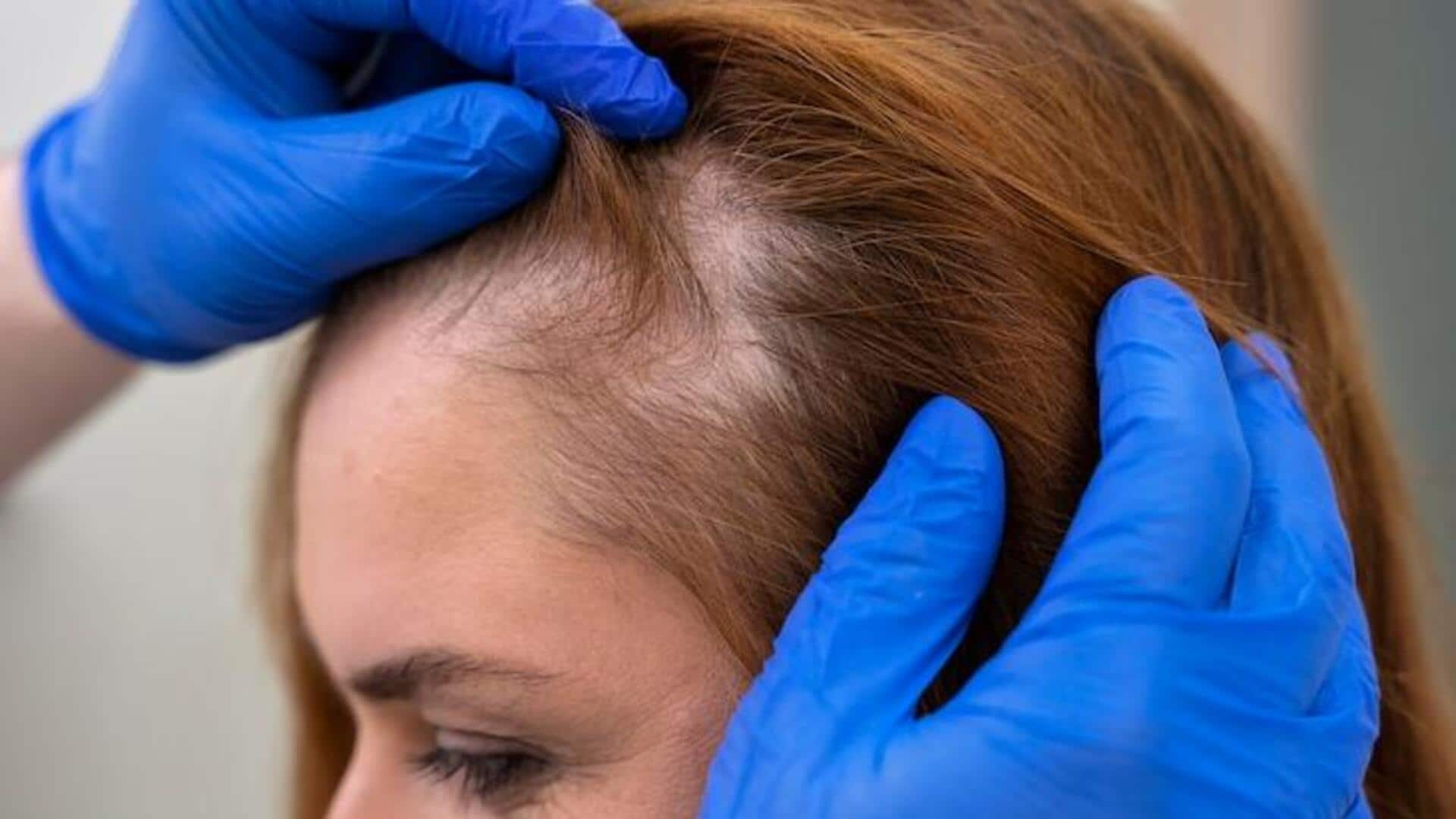
This potent molecule in hairy moles could cure baldness
What's the story
For ages, scientists have been looking for a cure for baldness and we may now have something substantial. A new study has identified the molecule that causes the irksome moles on our skin to grow out hair. This molecule, researchers say, could be potentially used to treat age-related hair loss. The molecule has been tested in mice and showed promising results.
Context
Why does this story matter?
From folk remedies to modernized scalp treatments, the hunt for a solution for baldness has been on for decades. Yes, there are tried and tested treatments but the issue remains that the efficacy of those differs for each individual. When (and if) the new anti-balding technique becomes successful in human trials, it would be a game-changer for millions of us.
Study
Osteopontin was found to be highly active in hairy moles
The molecule we are talking about is osteopontin. The study found this protein molecule was highly active in hairy moles on the skin. Osteopontin is produced in abundance by senescent cells, also referred to as "zombie cells." They are known to have negative, inflammatory effects on aging. However, the same senescent cells are believed to have a crucial role in boosting hair growth.
Working
'Osteopontin has not been previously linked to hair growth'
Osteopontin "has not been previously linked to hair growth," said Maksim Plikus, a scientist from the University of California, per Insider. Plikus believes if these osteopontin protein molecules were to be injected into follicles that have stopped producing hair, they could reactivate inactive stem cells. Ultimately, this new technique could help in the regrowth of bald spots, which come with age.
Application
Scientists are looking forward to carrying out clinical trials
When tested on mice, injecting osteopontin was "sufficient to induce robust hair growth," according to the study. Building off those results, researchers are now looking forward to carrying out clinical trials on humans in the upcoming weeks. For that trial, the team has collaborated with Amplifica, a California-based biotech company, to experiment with the new mole-inspired hair loss therapy.
Working
The therapy could be injected similar to Botox procedures
At present, there is not much information that we know about the trial. The new anti-balding treatment will likely be a combination of osteopontin along with some other, newly-discovered hair-growing proteins that the research team has found, according to Insider. The new therapy would be applied through the micro-needling of hair follicles on the scalp, similar to the Botox procedures.